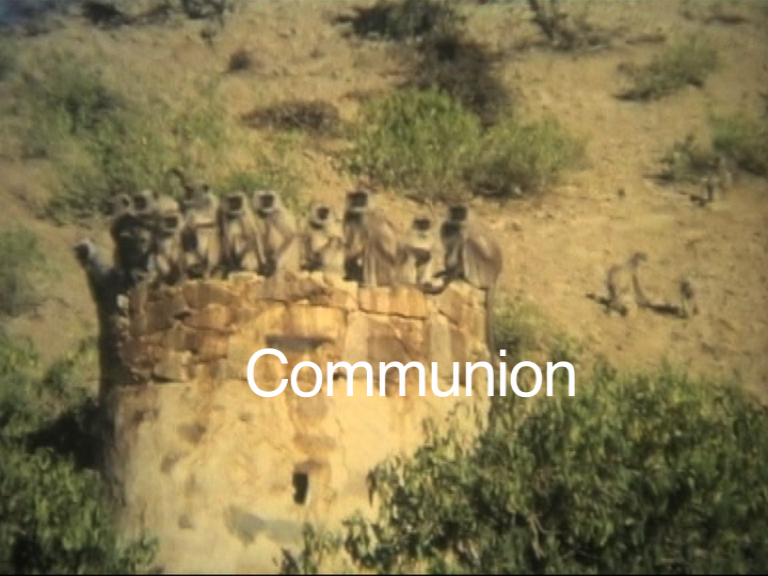
“Penny Siopis: Exploring the Poetics of Vulnerability”

# Penny Siopis: A Retrospective on Layers of History, Trauma, and Materiality
**ATHENS** – Penny Siopis, a Greek-South African artist, has long carved a distinct voice within the global contemporary art scene. Yet, despite her remarkable career spanning over five decades, her artistic contributions and thought-provoking explorations of violence, memory, and vulnerability have not necessarily attained household recognition outside of South Africa. That may be about to change with her major retrospective, *For Dear Life*, presented at the National Museum of Contemporary Art in Athens (EMST), Greece. Curated by Katerina Gregos, this retrospective aims to establish Siopis more prominently on the international stage—the first such broad showcasing of her work in Europe.
### Personal and Collective Histories Entwined
Siopis’s works, breathing in texture and rich symbolism, move deftly between various mediums, including painting, film, installation, and sculpture. However diverse the formal characteristics of her pieces, a central thread runs through her oeuvre: the interweaving of personal and public histories, frequently framed within South Africa’s complex political backdrop, oppressive regimes like apartheid, and universal themes of vulnerability.
##### The *Cake* Series: Life, Decay, and Memory
Siopis first grabbed the art world’s attention through her *Cake* paintings (1980–84). Inspired by her early life experiences in the family bakery in the South African town of Vryburg, these early works represented complex juxtapositions of celebration—cakes evoking festive joy—but also, ominously, their natural decay, highlighting the transient nature of life. By illustrating elaborate confections destined to rot or be consumed, Siopis visually captures the intimate horror of aging and decay, hinting at the artist’s exploration of mortality.
Yet, these personal nostalgic reflections—reminiscent of those airy hours in a bakery—inevitably became entangled with the violent realities of life under apartheid. Siopis recalls a harrowing formative event in her youth when a Black worker arrived at the family’s home, bleeding from racially motivated violence. Such moments punctuated her seemingly idyllic childhood, instilling an awareness of societal trauma and emphasizing the tension between private experience and public brutality.
### Baroque Allegory Revisited: The *History* Paintings
Siopis’s *History* paintings (1985–95) stand in stark contrast to the personal reflections of her early works. Large in scale and bursting with allegorical visuals, these pieces tap into the baroque tradition but use it to interrogate the exclusionary traditions of classical European painting. Works like “Melancholia” (1986) employ excessive ornamentation, combining sculptures with decadent foods and flowers in a critique of Western ideological hegemony and economic sprawl.
Similarly, in “Patience on a Monument: ‘A History Painting’” (1988), Siopis employs thick impastos and collages of racist imagery drawn from children’s textbooks. By doing so, she critiques the banal ways in which colonial ideology permeated public education and culture. The piece features a Black Patience figure peeling a lemon—a subtle nod to Walter Benjamin’s iconic reading of Paul Klee’s “Angelus Novus,” where history’s unfolding is conceived as a growing pile of ruins.
### Video Works: Historical Narrative Through a Personal Arc
Another key element of the exhibition is Siopis’s video works, from *My Lovely Day* (1997) to *Shadow Shame Again* (2021). In these, she stitches together home movies found in flea markets with soundtrack and subtitles, suffusing the pieces with a unique postcolonial narrative. One particularly charged work, *Obscure White Messenger* (2010), delves into the assassination of South Africa’s apartheid architect H.F. Verwoerd by Demetrios Tsafendas, a Greek migrant of Mozambican descent, connecting historical moments of public import to personal diasporic reflections.
Siopis draws heavily on her maternal lineage, conveying her grandmother’s stories about the Greek-Turkish population exchange. These recollections of forced movement and geopolitics echo the trauma parallel to South African political regimes, extending her personal narratives to global forms of oppression.
### Pinky Pinky and Assemblages: Embodying and Challenging Formlessness
Siopis’s fascination with myth, formlessness, and body imagery comes to fruition in her *Pinky Pinky* series (2002–04). Pinky Pinky is a mythic, often grotesque figure in South African urban legend. This half-human, half-animal being haunts young girls, becoming a symbol of pubescent fears and cultural anxieties around female bodies. Siopis uses this myth to blur the lines between figuration and abstraction, pushing form to its limits until it’s nearly formless.
One of Siopis’s other signature contributions is her collection-based installations such as *Charmed Lives* (199